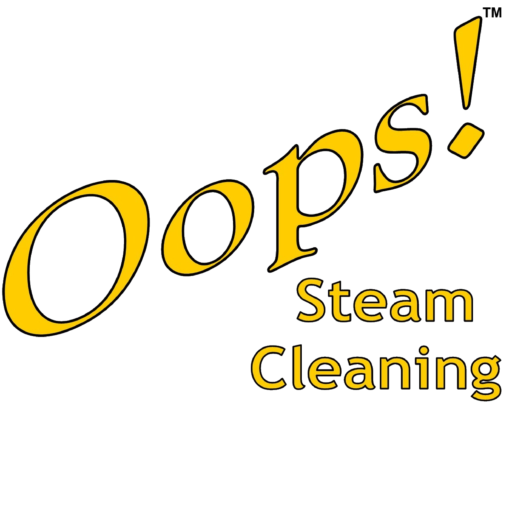Truth TIME. This is something I got over the internet, because before reading this I didn’t know how carpet was made neither. LOL. I thought I should know, so if you’re interested keep reading.
How carpet is made?
There are different types of construction which you can identify by the style of carpet.
Loop pile construction carpet
- Tufting begins with the process of weaving the synthetic or staple fiber into a primary backing material.
The primary backing material is usually made of woven polypropylene, and its main value is to provide a base cloth to hold the yarn in place while the tufting happens.
The tufting machine looks like a big sewing machine.
It has anywhere from 800 to 2000 needles working in concert to pull the yarn through the primary backing material.
The typical tufting machine sits about 12 feet wide, and as its needles penetrate the backing, a small hook called a looper grabs the yarn and holds it in place.
This process results in what is called loop pile construction. Loop pile products hold their appearance exceptionally well.
Since there are no exposed yarns tips, only the sides of the yarn are exposed to wear and stress.
Cut pile construction carpet
Then, the method of selectively cutting creates a recognizable pattern on the surface of the carpet (cut and loop). Precision cuts are controlled by a computer.
- Carpet is taken through the dyeing process, called yarn drying (pre-dyeing) or carpet dyeing, depending if the color is applied before or after tufting. Screen printed is another method for carpet coloring.
- Finishing process. In the finishing process, a coating of latex is applied to both the tufted, dyed carpet’s primary backing, and to secondary backing.
Secondary backing is typically made of a woven synthetic polypropylene material.
They are squeezed together in a large heated press, where they are held firmly to preserve their shape.
- Shearing is the process of removing all the little loose ends and projecting fibers that might have been created during the tufting process.
It also helps achieve the yarn’s tip definition of the finished carpet.
At the end, carpet is carefully inspected for color uniformity and other manufacturing defects before it is rolled, wrapped, and shipped.
Did I miss anything? Let me know in the comments below.
